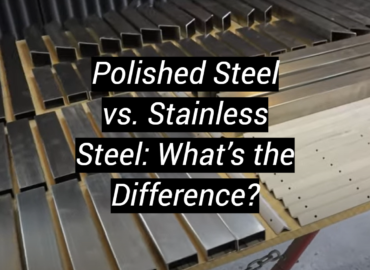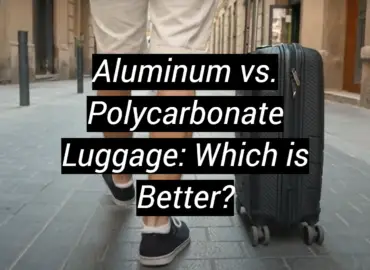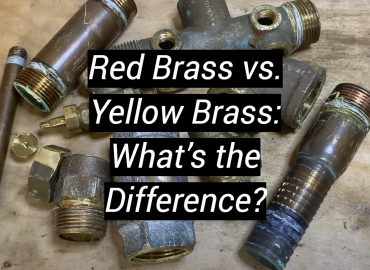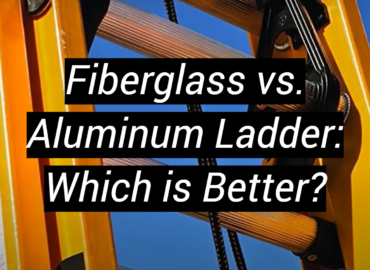If you’re in the market for a new commercial or residential building, you may be wondering what the difference is between pole barns and metal buildings. Both have their pros and cons, but which one is right for you? In this article, we’ll discuss the key differences between pole barns and metal buildings, so you can make an informed decision about which type of building is best for your needs.
What are Pole Barns?
Pole barns are a type of building that is typically used for agricultural purposes. They are usually large and open, with few or no walls. The name “pole barn” comes from the fact that they are typically built using wooden poles as the primary support structure. Pole barns can be either gabled or non-gabled, but they typically have a very simple and straightforward design.[1]
What is Metal Building?
A metal building is a structure that is made entirely out of metal, often steel.

These buildings can be used for a variety of purposes, including storage, workshops, and even homes. Metal buildings are usually very sturdy and durable, making them a good choice for those who need a reliable structure.[2]
Materials: Wood Versus Steel
The debate between wood and steel buildings is as old as the construction industry itself. And while both have their benefits, there are some key differences that you should be aware of before deciding which material is right for your project.
Let’s take a closer look at wood and steel buildings to help you decide which one is right for you.
Construction and Durability
When it comes to construction, both metal buildings and pole barns are very tough and can withstand a variety of weather conditions.
Both metal buildings and pole barns are also typically constructed with trusses, which are triangular support structures that help to distribute weight evenly across the frame. Trusses make both types of structures much stronger and more resistant to damage from high winds or heavy snowfall.
Another important factor to consider when choosing between a metal building and a pole barn is the issue of durability. Metal buildings are generally more durable than pole barns, especially if they are made with galvanized steel frames.
Galvanized steel is treated with a special coating that helps to protect it from rust and corrosion, making it much more resistant to the elements. Pole barns, on the other hand, are usually made with untreated wood, which is much more susceptible to rotting and decay over time.
Metal buildings also tend to be better insulated than pole barns, meaning that they can keep heat in during the winter and cool air in during the summer. This can help to save on energy costs, as well as make your building more comfortable to use year-round.
Lastly, metal buildings typically have a much longer lifespan than pole barns. With proper care and maintenance, a metal building can last for decades, while a pole barn may only last for a few years.
Design Limitations
Pole barns are typically simple structures with few design limitations. You can usually add windows and doors wherever you’d like, and the eaves can be as deep or shallow as you want. Metal buildings, on the other hand, have more predetermined design elements. The placement of windows and doors is often dictated by the frame, and the eaves are usually shallower than those on pole barns.
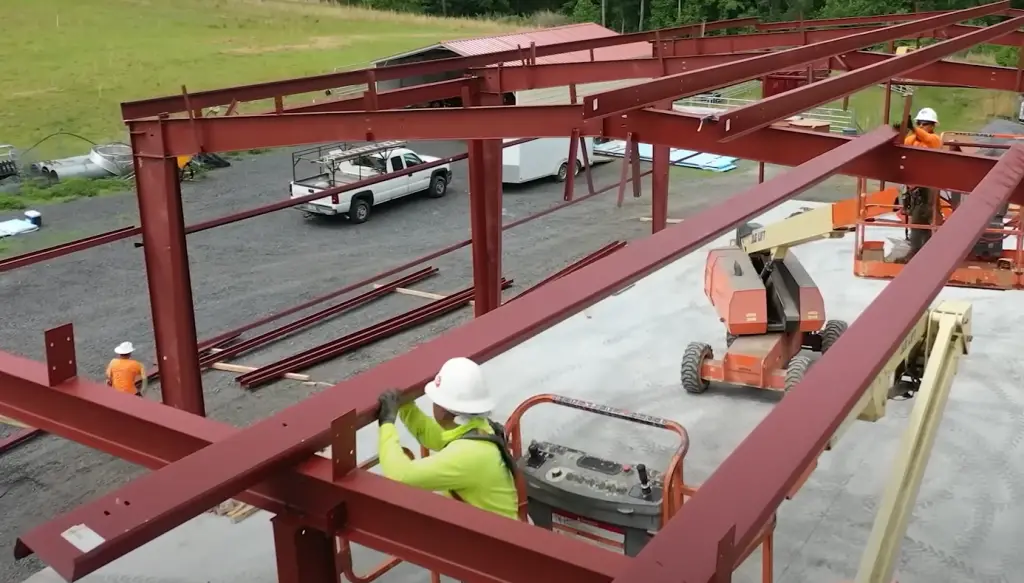
This doesn’t mean that metal buildings are inflexible – there are still a lot of ways to customize them to your needs. But it does mean that you’ll need to work within certain pre-set parameters when it comes to design.
Insurance Savings
Pole barns are often not covered by insurance, or if they are, the rates are significantly higher than for a metal building. Metal buildings, on the other hand, are typically insured at the same rate as any other type of commercial building. This can lead to significant savings on your overall insurance costs.
Permitting
Obtaining a permit for your pole barn or metal building is important to ensure the safety and stability of your structure. The process of obtaining a permit can vary depending on your location, but it is generally a straightforward process.[3]
Lightning
All metal buildings come with a standard level of protection against lightning, but you can upgrade your protection by adding a lightning rod system to your building. This will help to dissipate the electrical charge before it has a chance to do any damage.
Pole barns, on the other hand, offer no real protection against lightning strikes.
Rafters
Pole barns typically have rafters made of wood, while metal buildings will have steel rafters. The size and strength of the rafters will be determined by the span of the building and the load that needs to be supported. Metal buildings typically have stronger rafters than pole barns, which is important to consider if you plan on using your structure for storage or other purposes that could put a lot of weight on the roof.[3]
Eco-Friendly
When it comes to being eco-friendly, both metal buildings and pole barns have some advantages. Metal buildings are often made with recycled steel, which is one of the most recyclable materials out there. And because they’re so durable, metal buildings tend to last a long time, which means they don’t end up in landfills as often as other types of buildings.
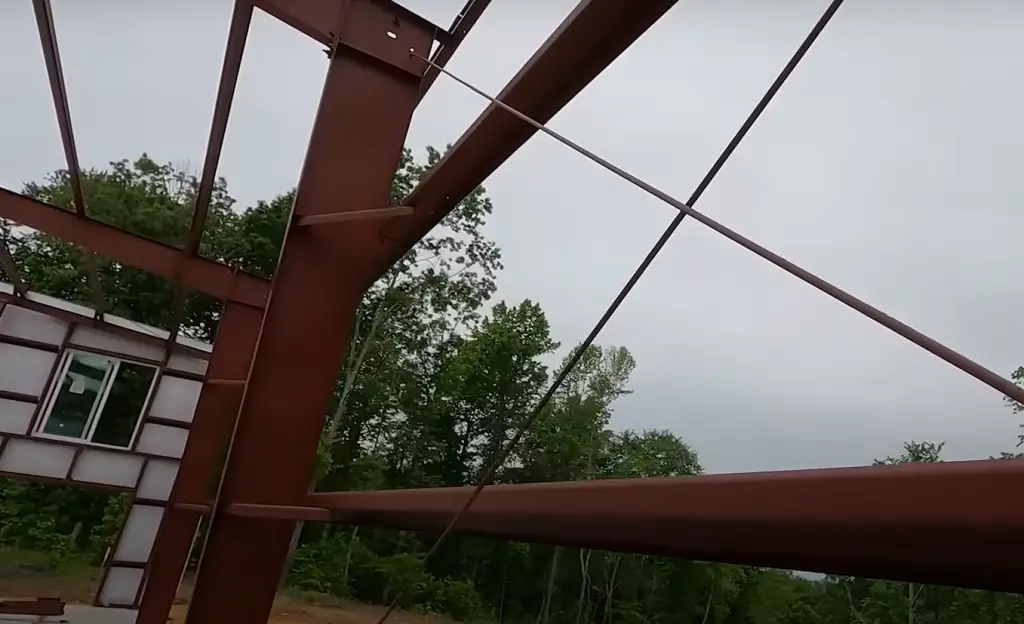
Pole barns also have some eco-friendly features. They’re typically made with wood that comes from sustainably managed forests. And because pole barns are usually built on agricultural land, they don’t require the same amount of concrete and asphalt that other types of buildings do.
Weather Resistance
Pole barns aren’t as weather-resistant as metal buildings. Metal buildings have a stronger structure that can withstand high winds and heavy snowfall. Pole barns are more likely to collapse in severe weather conditions.
Cost
Pole barns are typically less expensive than metal buildings. The main reason for this is that pole barns require less material and labor to construct. Metal buildings are more likely to use prefabricated components, which can drive up the cost.
Quality/Value
Pole barns have been around for a centuries, metal buildings for much less time. So, there is more data to support the long-term effectiveness of pole barns. Studies also show that metal buildings have a shorter lifespan than pole barns.
Pole barns are also cheaper. The average cost of a pole barn is $6,000 while the average cost of a metal building is $10,000.
Maintenance
Pole barns require more maintenance than metal buildings. Metal buildings are made with steel, which is a stronger and more durable material than wood. This means that metal buildings will last longer and require less maintenance over time.
Pole barns also tend to be more susceptible to weather damage. Because they are made of wood, they can rot, warp, or crack in extreme weather conditions. Metal buildings are much more resistant to weather damage and will not rot, warp, or crack over time.
Sustainability
Pole barns are one of the most sustainable types of construction. They’re made with wood, which is a renewable resource, and they generally don’t require as much energy to build as metal buildings.
Pole barns also last longer than most other types of construction. Metal buildings, on the other hand, have a shorter lifespan. And, because they’re made with steel, a non-renewable resource, they’re not as sustainable as pole barns.
Stronger Sheathing for a Stronger Barn
When it comes to the construction of your pole barn, the type of sheathing you use is extremely important. The sheathing is what holds everything together and gives your barn its shape. It’s also what keeps the weather out and protects your belongings from the elements.

There are two main types of sheathing: wood and metal. Both have their advantages and disadvantages, so it’s important to know which one is right for you before you start your project.
Wood Sheathing
Advantages:
- Wood is a natural insulator, so it will keep your barn cooler in the summer and warmer in the winter.
- Wood is also a renewable resource, so it’s a more sustainable option than metal.
- Wood is easier to work with than metal, so it’s a good choice for do-it-yourself projects.
Disadvantages:
- Wood is susceptible to rot and insect damage, so it needs to be treated and maintained regularly.
- Wood is also a combustible material, so it should not be used in barns that will be housing livestock or other animals.
Metal Sheathing
Advantages:
- Metal sheathing is much stronger than wood, so it can withstand high winds and heavy snow loads.
- Metal is also non-combustible, so it’s a safer option for barns that will be housing animals.
- Metal sheathing is also low-maintenance and easy to clean.
Disadvantages:
- Metal sheathing is more expensive than wood.
- Metal can become very hot in the summer, so it’s not a good choice for barns that will be used to house livestock or other animals.
- Metal sheathing is also more difficult to work with than wood, so it’s not a good choice for do-it-yourself projects.[2]
Long-time Benefits of a Steel Barn Building over a Pole Barn
There are many benefits to owning a steel barn, the most obvious being its longevity. Steel is one of the strongest and most durable materials available, which means your steel barn will last much longer than a traditional wooden pole barn.
Not only will you save money in the long run by not having to replace your barn as often, but you’ll also be doing your part to help the environment by using a more sustainable building material.Another big advantage of steel barns is that they’re much more fire-resistant than their wooden counterparts. This is an important consideration if you live in an area prone to wildfires, or if you simply want peace of mind knowing your barn is better protected against the possibility of fire.
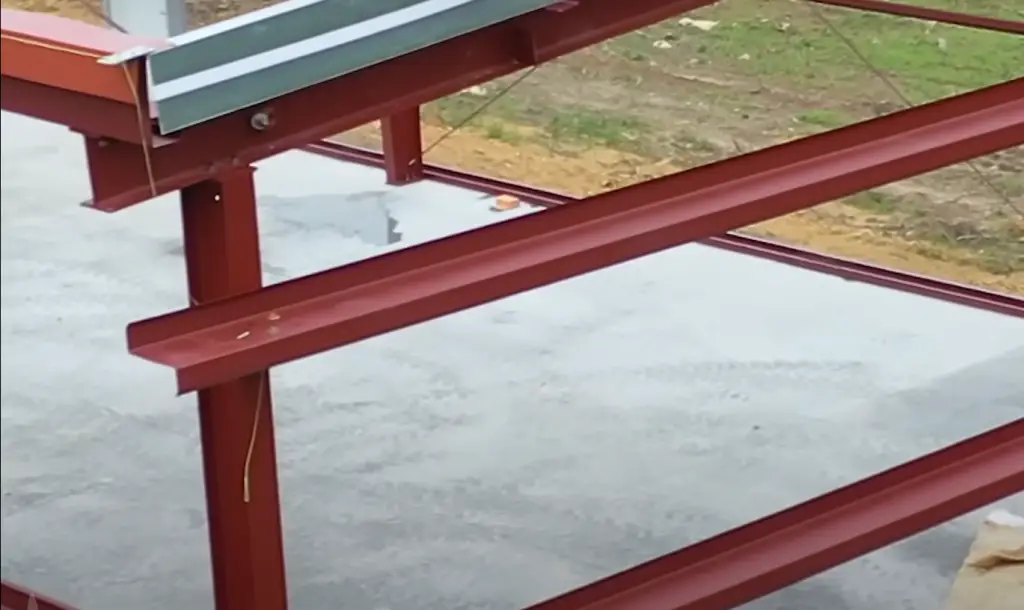
Finally, steel barns are much easier to keep clean and free of pests than wooden barns. This is due to the fact that steel is non-porous, so there are no cracks or crevices for dirt, dust, and insects to hide in. A quick hose-down with some soap and water is all it takes to keep your steel barn looking like new.[2]
Which is Right for You?
Pole barns and metal buildings are both popular choices for agricultural, commercial, and industrial applications. But which one is right for your needs? Read on to learn more about the key differences between pole barns and metal buildings.[3]
FAQ
What are the pros and cons of a pole barn?
There are a few key differences between pole barns and metal buildings that you should be aware of before making your final decision.
Pole barns have some distinct advantages over traditional stick-built construction methods. One big advantage is that they can be built much faster – sometimes in as little as a few days. This is because the framing of a pole barn doesn’t require as many precision cuts and labor-intensive assembly processes as a traditional building.
Another advantage of pole barns is that they’re typically more affordable than metal buildings. This is due to the fact that pole barns use less material overall, and their simpler construction process requires less labor.
What makes something a pole barn?
Pole barns get their name from the fact that they’re typically built with metal or wood poles sunk into the ground. The poles support the roof and walls of the structure, which means that there’s no need for an external foundation.
Pole barns can be used for a variety of purposes, including storage, workshops, garages, and even homes. Because they don’t require a foundation, they can be easily adapted to different types of land.
What are the disadvantages of a metal garage?
Although metal buildings have a lot of advantages, there are a few disadvantages to keep in mind as well. One of the biggest is that they require a more complex and expensive foundation than pole barns.
Another downside of metal buildings is that they can be more susceptible to heat and cold than other types of structures. This is due to the fact that metal conducts heat and cold more readily than other materials.
Finally, metal buildings can be more difficult to customize than pole barns. This is because the framing of a metal building is much more complicated, which makes it harder to make changes after the building has been constructed.
Do metal buildings hold value?
Metal buildings can hold their value over time, but it’s important to keep in mind that the value of any building will depreciate over time. The amount of depreciation will depend on a number of factors, including the quality of the materials used, the age of the building, and the local market conditions.
That being said, metal buildings can be a wise investment if you plan on using them for a long time. They’re durable and low-maintenance, which means you won’t have to spend money on repairs or replacements as often as you would with other types of buildings.
How long will a metal barn last?
A metal barn can last for decades if it’s properly maintained. This is due to the fact that metal is a very durable material that doesn’t rot, insect damage, or weathering.
To keep your metal barn in good condition, it’s important to regularly inspect it for signs of wear and tear. If you catch any problems early, you can usually fix them before they cause major damage.
It’s also a good idea to paint your metal barn every few years to protect it from the elements. This will help it last even longer by preventing rust and other types of corrosion.
How do you protect a pole barn from rotting?
One of the best ways to protect a pole barn from rotting is to use pressure-treated lumber. This type of lumber has been treated with chemicals that help it resist rot, insects, and weathering.
Another way to protect your pole barn from rotting is to make sure that the roof is in good condition. This means keeping it clean and free of debris, as well as repairing any leaks or damage as soon as possible.
Finally, you should also regularly inspect your pole barn for signs of rot. If you catch any problems early, you can usually fix them before they cause major damage.
What is the longest lasting building material?
There is no definitive answer to this question as it depends on a number of factors, including the quality of the materials used, the age of the building, and the local market conditions.
That being said, metal buildings can be a wise investment if you plan on using them for a long time. They’re durable and low-maintenance, which means you won’t have to spend money on repairs or replacements as often as you would with other types of buildings.
Useful Video:Pole Barn v/s Steel Building your dream shop or barndominium explained
Conclusion
Pole barns and metal buildings both have their pros and cons. It really depends on your specific needs as to which one is the better option for you. If you need a large, open space, then a metal building is probably your best bet. If you need a more traditional looking structure, or one that can be easily customized, then a pole barn might be the way to go.
Of course, there are other factors to consider as well, such as cost and maintenance. Metal buildings tend to be more expensive than pole barns, but they also require less maintenance. Pole barns are typically easier to build, but they may not last as long as metal buildings.
Ultimately, the decision of whether to choose a pole barn or a metal building comes down to your personal preferences and needs. There is no right or wrong answer, so it’s important to do your research and figure out which option is best for you.
References:
- https://www.acebuildingservice.com/blog/metal-building-vs-pole-barn
- https://www.rhinobldg.com/metal-pole-barns-vs-rhino-steel-buildings/
- https://www.360connect.com/product-blog/pole-barn-vs-steel-building/



